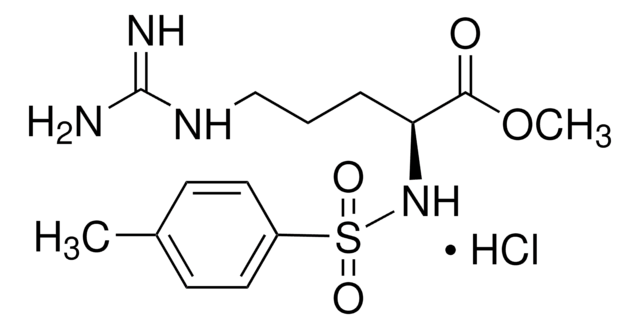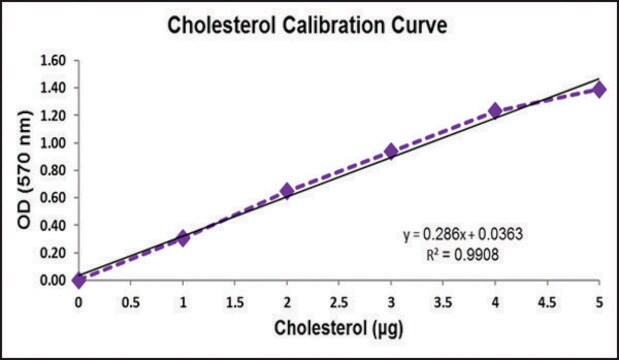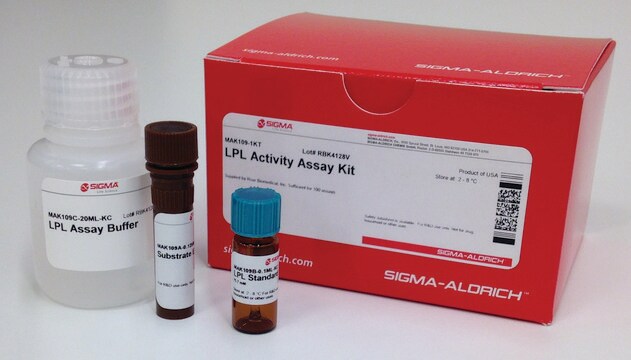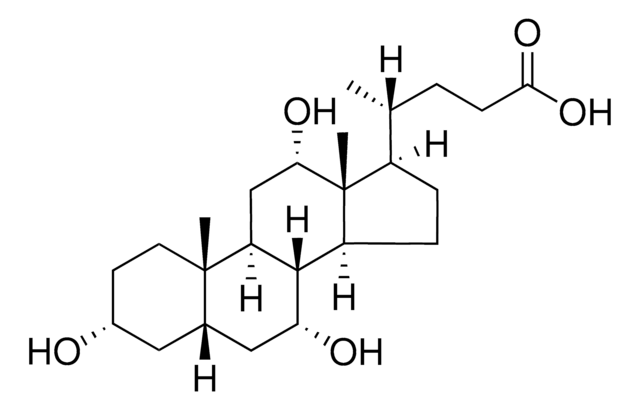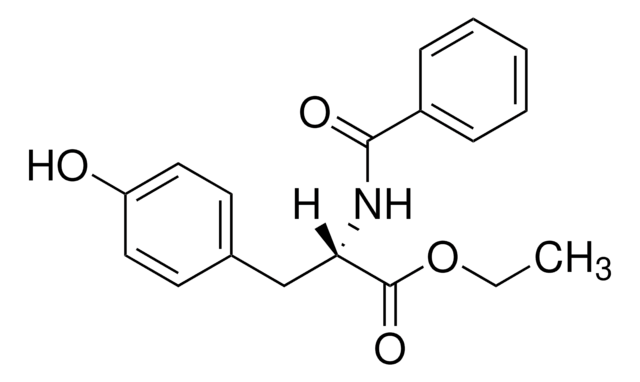MAK309
Bile Acid Assay Kit
sufficient for 100 fluorometric tests
Synonym(s):
Biliary Acid Quantification Kit, Total Bile Acids Assay Kit
About This Item
Recommended Products
detection method
fluorometric
relevant disease(s)
gastrointestinal diseases; cancer; cardiovascular diseases
storage temp.
−20°C
Related Categories
General description
Application
Features and Benefits
Suitability
Principle
Storage Class Code
10 - Combustible liquids
Certificates of Analysis (COA)
Search for Certificates of Analysis (COA) by entering the products Lot/Batch Number. Lot and Batch Numbers can be found on a product’s label following the words ‘Lot’ or ‘Batch’.
Already Own This Product?
Find documentation for the products that you have recently purchased in the Document Library.
Customers Also Viewed
Articles
The liver excretes excess cholesterol in the form of bile acids. Bile acids serve two purposes: to remove unwanted cholesterol from the body and to aid in lipid digestion in the intestine.
Our team of scientists has experience in all areas of research including Life Science, Material Science, Chemical Synthesis, Chromatography, Analytical and many others.
Contact Technical Service